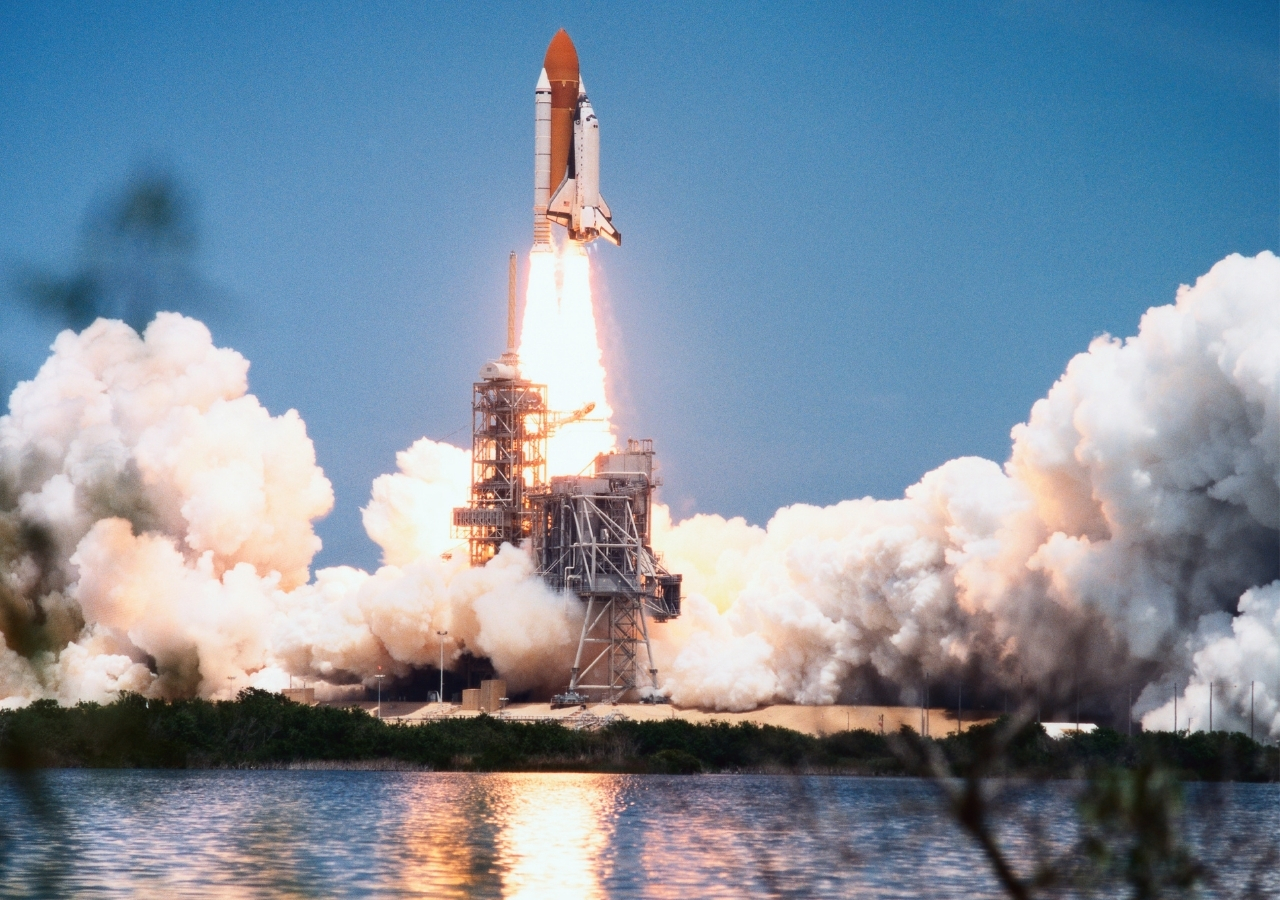As we move further into the 21st century, NASA scientist continue to look to the deeper parts of the universe for the answer to age-old questions about the existence of life on planet earth. With the development of more advanced technology and scientific theories, it has become possible for them to target one of the closer asteroids to our planet, the asteroid Bennu, for study and observation. The theory being that by taking samples from the asteroid, scientists will be able to mount successful deflection missions should the asteroid pass too close to the earth and, eventually, come to better understand how the earth managed to evolve from being an asteroid to a living planet. Basically, the question being asked by the project, that they hope to answer is “can you go to an asteroid, collect material, and bring it back to earth?” (Algar, Jim “NASA Gets Go-Ahead To Build Spacecraft for Space Sampling Mission”)/ This paper will look deeper into the relevance of the mission to Bennu, the current status of the project, and finally, make conclusions about the possible success or failure of the space mission. This will be done by presenting the latest facts about the mission as taken from the latest news and scientific reports / updates related to the 2016 space mission.
In order to fully grasp the importance of the mission to Asteroid Bennu, the public must first understand the key mission objectives of the project. All of which are crucial to the continued study of planet and life preservation on Earth. These mission objectives are:
- Attempting to shed light on basic questions concerning the makeup of the very early solar system and the source of organic materials and water that made life possible on Earth.
- Providing valuable information, contributing to NASA’s asteroid initiative, a framework for a future mission, also known as Asteroid Retrieval and Utilization (ARU) mission.
- Supporting NASA’s efforts to understand the population of potentially hazardous near-Earth objects.
- Characterizing asteroids suitable for future exploration missions (Myles, Robert “NASA’s Asteroid Sample Mission Gets Go-Ahead”)
Having received financing and support from the government to implement the project, NASA has begun to develop the spacecraft that will be used for this unmanned mission. Known as the Origins, Spectral Interpretation Resource Identification Security-Regolith Explorer, OSIRIS REx for short the unmanned explorer was approved at the Mission Design Critical Review at Lockheed Martin Space Systems Company in Ohio this April (Myles, Robert “NASA’s Asteroid Sample Mission Gets Go-Ahead”). With a planned launch date in the Fall of 2016, the craft is expected to rendezvous with the 493 meter asteroid in 2018. OSIRIS – REx will have 5 onboard instruments meant to help with data and sample collection. A task that is expected to last at least one year. The samples and data will then take a 5 year trip back to earth where NASA will collect the samples and other onboard data for long term experimentation, research, and study well into the 2020’s (Myles, Robert “NASA’s Asteroid Sample Mission Gets Go-Ahead”).

The task of developing the unmanned aircraft was awarded to the University of Arizona. Awarded the contract to the tune of $200 million, this is considered to be a windfall earning for Arizona and a challenge for the scientists and engineers at the university. Principal Investigator for the mission is Dante Lauretta who explained the importance of the mission in terms of scientific study. He related that; “The asteroid is very important to study. First of all it’s potentially hazardous with a high probability of impacting the earth so we’re going to understand its material properties in the event we need to make a deflection mission” (Overall, John “UA Takes Lead in NASA’s Asteroid Mission”). The University of Arizona has been tasked with providing the eyes of the mission. The 3 cameras that will scan and map the asteroid. Camera development has been tasked to the team headed by Catherine Merrill as the O-CAMS engineer.
The scientists and engineers involved in the OSIRIS – REx project have lofty ambitions for the unmanned craft and its mounted equipment. The expectation is that the spacecraft will return to the earth around 2023 with enough data collected to answer questions such as the nature of our solar system. There are hopes that scientists will also get first hand information about the foundation of organic materials that created a habitable atmosphere on earth, along with the possible asteroid threats that exist to threaten our home planet. Spectoroids that are attached to OSIRIS-REx will be crucial in collecting this information stemming from the measure of light reflecting off the asteroid all the way to the asteroid’s chemical make up. Studies about the Yarkovsky Effect, or the effect of sunlight on Bennu’s orbit will also be observed in relation to its potential to fall to earth (Smith, Brett “Countdown Starts for NASA’s mission to Bennu”).
With all of these expectations riding on the multi-billion dollar mission, the scientific community is already quite familiar with the possible end results of the space mission. However, the lay public know very little about the asteroid itself even though the mission has been taking scientific and news headlines time and again. So what exactly makes the Asteroid Bennu so special? Why was it chosen for this particular mission? Although little information has been released to the public about the asteroid, there actually is available information for those interested in learning more about his mythical asteroid, chosen for this very special mission.
The asteroid itself was named by 9 year old Michael Puzo from North Carolina, the third-grader, who won the contest to name the asteroid, thought that the TAGSAM and solar panels of the OSIRIS-REx resembled the Egyptian god of the same name (Wall, Mike “9 Year Old Names Asteroid ‘ Bennu’ for NASA Mission”). Additionally, information researched by David Szondy (“NASA’s OSIRIS- REx Asteroid Sample Return Mission Goes to Development”) reveals that:
The choice of Bennu as a target wasn’t just drawn out of a hat. Bennu is a B-type asteroid, meaning that it’s carbonaceous rather than composed of stone or a mix of iron and nickel. It’s rich in volatiles and may contain water and organic molecules that could provide clues as to the origin of life on Earth. Out of over 500,000 asteroids known, Bennu is one of only five B-types that is of suitable size and orbit for rendezvous and sample return. In addition, if pure science isn’t enough, Bennu is also one of the most likely asteroids to hit Earth in the next few centuries, so taking a close look has an element of self-interest.
Aside from the scientific benefits of studying the asteroid Bennu, NASA and other private space companies have a vested interest in the success of the OSIRIS REx mission to collect samples from the asteroid. It has everything to do with the possibility of mining asteroids for resources. It is the belief of NASA that asteroids might, in the future, afford our society a new area of natural resources to access. That is because as our society progresses, we also require more and more natural resources to continue our development. The asteroids in space are assumed to be rich in natural resources that can be mined for the benefit of earth (Steigerwald, William “New NASA Mission to Help Us Learn How to Mine Asteroids”). That is why the OSIRIS REx is being designed to be able to carry out sample collection along with chemistry, mineralogy, and topography data collection that can be compared with telescope based data and on the spot observations that will help NASA make a precise determination of the asteroids orbit (Szondy, David “NASA’s OSIRIS-REx Asteroid Sample Return Mission Goes to Development”).
The critical mission of OSIRIS-REx to steroid Bennu is being undertaken by multiple organizations that are all interested in the further study and exploration of the space rocks and boulders. While primarily a U.S. NASA project, there are also private entities involved in this titanic endeavor. The spacecraft will be built bu Lockheed Martin Space System in Denver, Colorado. Specs will be delivered by the engineers at the University of Arizona. The control of the project remains with NASA though over at the Goddard Space Flight Center in Greenbelt, Maryland. With such high profile organizations involved with this space exploration mission, it is impossible for this 21st century trailblazing endeavor to fail.
Works Cited
- Algar, Jim. “NASA Gets Go Ahead to Build Spacecraft for Asteroid Sampling Mission”. Tech Times. techtimes.com. 15 Apr. 2014. Web. 16 Apr. 2014.
- Myles, Robert. “NASA’s Asteroid Sample MIssion Gets Go Ahead”. Digital Journal. digitaljournal.com. 10 Apr. 2014. Web. 15 Apr. 2014.
- Overall, John. “UA Takes Lead in NASA’s Asteroid Mission”. kvoa.com. kvoa.com. 17Apr. 2014. Web. 19 Apr. 2014.
- Smith, Brett. “Countdown Starts for NASA’s MIssion to Asteroid Bennu”. Red Orbit. redorbit.com. 10 Dec. 2013. Web. 18 Apr. 2014.
- Steigerwald, William. “New NASA Mission to Help Us Learn How to Mine Asteroids”. NASA. nasa.gov. 8 Aig. 2013. Web. 19 Apr. 2014.
- Szondy, David. “NASA’s OSIRIS – REx Asteroid Sample Return Mission Goes to Development”. gizmag.com. gizmag.com. 17 May 2013. Web. 18 Apr. 2014.
- Wall, Mike. “9 – Year-Old Names Asteroid ‘Bennu’ for NASA Mission”. space.com. space.com. 1 May 2013. Web. 19 Apr. 2014.



